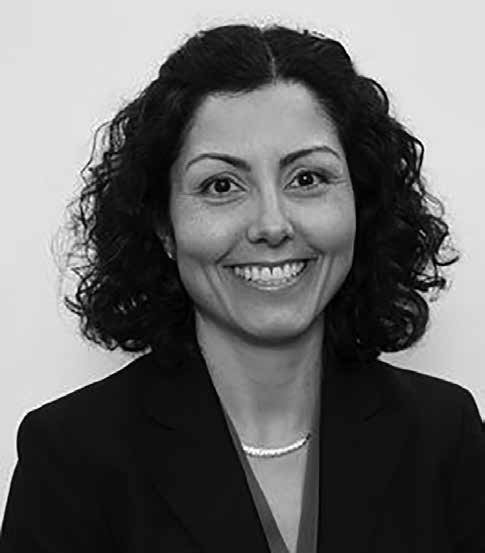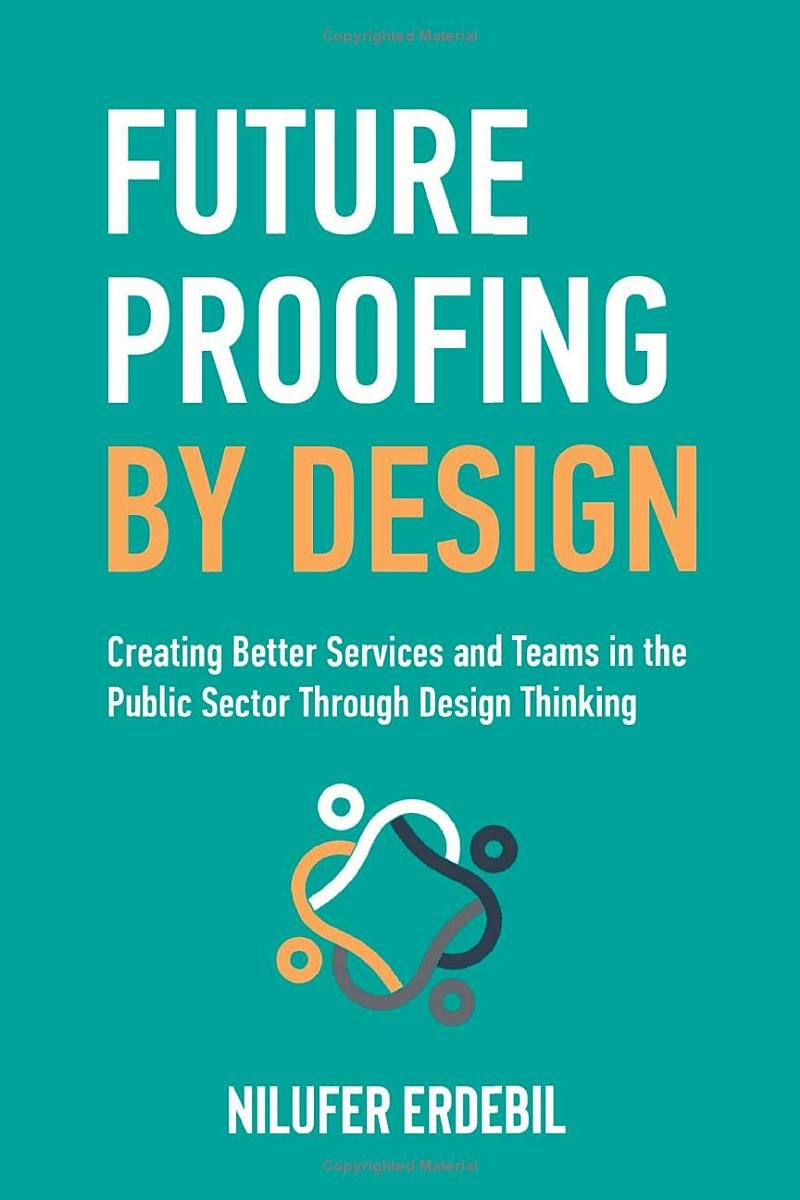Mainstreeter Staff
As an entrepreneur, CEO and founder of her own integrated learning company, Nilufer Erdebil thrives on hunting out opportunities and seizing them wherever she finds them.
Back in 2020, the McNaughton Street homeowner had just wrapped up a series of public meetings to promote her company, Spring2 Innovation, when she was struck down by COVID. “I was doing a lot of speaking engagements. I was just around a lot of people, and it was before we fully understood how it was transmitted.”
But unperturbed by the illness, she used the downtime from work and the onset of the lockdown as an opportunity to write a book – two books, actually. One of them, Future Proofing by Design, Creating Better Services and Teams in the Public Sector Through Design Thinking, has now been published and is available at Singing Pebble Books, Octopus Books and on-line through Amazon. It focuses on thinking she developed in the provision of training and consulting advice to public servants employed mostly in the federal government.

OOE resident, entrepreneur and author Nilufer Erdebil and, below,her new book which was a COVID project. Photo Supplied
“Actually, I started writing a different book at the start of the pandemic. I had initially wanted to write a book aimed at the private sector. So I did that, and I finished the book. I put it down for a little bit before going back to edit it. And something made me think that it probably wasn’t the first book that I should be publishing, even though I had already written it” she says. “I kept thinking that most of our clients are in the public sector, and we’ve already had such a big impact on them with our design thinking mindset and framework. Our company had just started an on-line platform focused on the public sector for self-led training during the pandemic, and I began to think how these materials could be put into a book format so that people could better understand how design thinking could be used in their organizations. So, that’s how I came up with a second book on design thinking, this one geared to the public sector.”
Erdebil described design thinking and innovation training in the following way in a recent interview with The Mainstreeter: “It’s basically helping people working in a business organization to understand the problems they confront from a people perspective, so that they can better articulate what it is that they’re trying to do. In most organizations, there’s a whole bunch of different problems happening all at the same time. And it’s really important to pick the one that’s going to have the most impact on the people that you’re trying to help. Our training is a really good way to get business teams aligned and better understanding the problem that they need to solve, so that it’s a lot easier to come up with solutions and opportunities to move forward,” she explained.
Erdebil was born in Istanbul, Turkey, and her parents emigrated to Canada when she was seven. She describes her shock when the family arrived at their new home – in Edmonton – in February! “Oh my goodness, I thought. I don’t remember ever seeing snow until we got to Edmonton, and all I could think at the time was: ‘What is going on here?'”
In her last year of high school, the family moved to Ontario when her father, an engineer, took on a position at the Bruce nuclear power plant. Shortly after settling into a new home in a new province, Erdebil was faced with another decision and a further move – this time, to Queen’s University in Kingston. “As soon as I looked into university, I really loved Queens,” she recalls. “The school had a great reputation, and it was on the water.
So that’s how I ended up choosing Queens. I studied electrical engineering there for my undergrad.”
What followed then were a few years of back and forth between Kingston and Ottawa, where she followed up her Engineering degree with an MBA from the University of Ottawa. By 1996, she had installed herself in Ottawa on a full-time basis. “I lived in Bell’s Corners for awhile and then in the Glebe for a number of years and discovered that I really loved being around the Canal.”
She explains that during her first years in Ottawa, she didn’t know that OOE existed. “I began looking for a home to buy and I found this community. I couldn’t believe how great the location was – close to the canal, close to the river and close to downtown. And there was a lot more space in between homes than in the Glebe. So, it just seemed like the perfect combination of small town feel while being close to everything. I’ve been here in Old Ottawa East since 2004, and I have no regrets with my choice.”
Oddly enough, her time spent in Kingston was one of the factors that eventually attracted her to Old Ottawa East. “It’s funny, I went to school in Kingston, and for me, Old Ottawa East has the same feeling that Kingston has – it’s beautiful, it has mature trees and there’s a community feel to it. And I’ve noticed that a number of people in this neighborhood had also gone to Queens. So I think there’s something that resonates about this area with people who enjoy feeling like they’re part of a community that has all these attractions and restaurants nearby. And if anything, I think the trend seems to be getting better and better. We have the footbridge, we’ve got some development on the commercial side and Greystone Village has totally changed things as well. I feel that as the City changes, this area becomes even more attractive,” she concludes.








